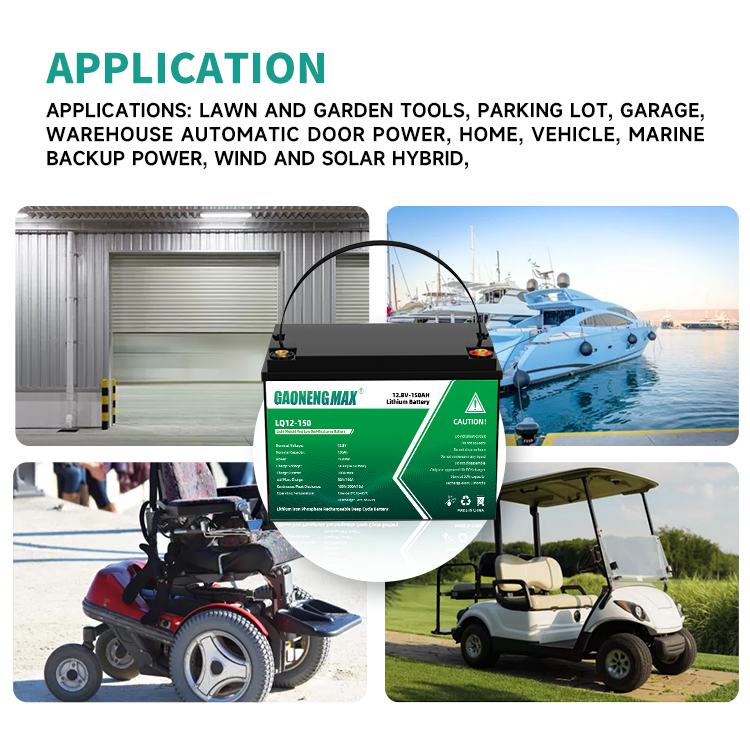

One of the most successful lithium ion systems is the positive electrode combination of nickel manganese cobalt (NMC). Similar to lithium manganate, this system can be customized as an energy battery or power battery. For example, the NMC in the 18650 battery under medium load condition has a capacity of about 2800mAh and can provide 4A to 5A discharge current; When the same type of NMC is optimized for specific power, its capacity is only 2000mAh, but it can provide 20A continuous discharge current. The silicon based negative electrode will reach more than 4000mAh, but the load capacity will be reduced and the cycle life will be shortened. The silicon added to the graphite has a defect, that is, the negative electrode expands and shrinks with charging and discharging, which makes the structure of the battery unstable due to large mechanical stress.
The secret of NMC is the combination of nickel and manganese. Similarly, table salt, the main components of which are sodium and chloride, are toxic themselves, but they are mixed together as flavoring salts and food preservatives. Nickel is famous for its high specific energy, but its stability is poor; Manganese spinel structure can achieve low internal resistance but low specific energy. The two active metals complement each other.
NMC is the preferred battery for electric tools, electric bicycles and other electric power systems. The positive combination is usually one-third nickel, one-third manganese and one-third cobalt, also known as 1-1-1. This provides a unique blend that also reduces raw material costs due to reduced cobalt content. Another successful combination is NCM, which contains 5 parts nickel, 3 parts cobalt and 2 parts manganese (5-3-2). Other combinations of different amounts of positive materials can also be used.
Due to the high cost of cobalt, battery manufacturers switched from cobalt series to nickel positive electrode. Nickel based systems have higher energy density, lower cost and longer cycle life than cobalt based batteries, but their voltage is slightly lower. The new electrolyte and additives can make a single battery charge to more than 4.4V, thus increasing the power.

Popular recommendation
18650 battery 3.7v 6000mah.What is the significance of studying the health status of lithium-ion bat
2023-10-0836v 7.5ah lithium ion battery pack.Analysis of the weaknesses of 18650 lithium battery technology
2023-10-08CR927 battery.Analyze whether OEMs should enter the lithium-ion battery industry from the four dimen
2023-10-08CR2032 button cell.Hydrogen fuel cells may become an important technical route for new energy vehicl
2023-10-08Classification of ternary lithium ion batteries
2022-11-25LR936 battery.Chinese and American researchers collaborate to predict battery parameters, expected t
2023-10-08Nickel Hydride No. 5 battery.Series lithium battery balanced charging battery pack protection board
2023-10-09aa battery!Ionity has built 101 ultra-fast charging piles with a power of 350 kilowatts
2023-10-081.2V NiMH battery.Special research on nickel-metal hydride battery separators
2023-10-09aaa alkaline battery!Online double conversion UPS power supply working mode and technical status
2023-10-0818650 battery 1800 mah.What are the differences in technical characteristics between square, cylindr
2023-10-08Nickel Hydride No. 5.Research progress on organic conductive polymer electrode materials for superca
2023-10-09